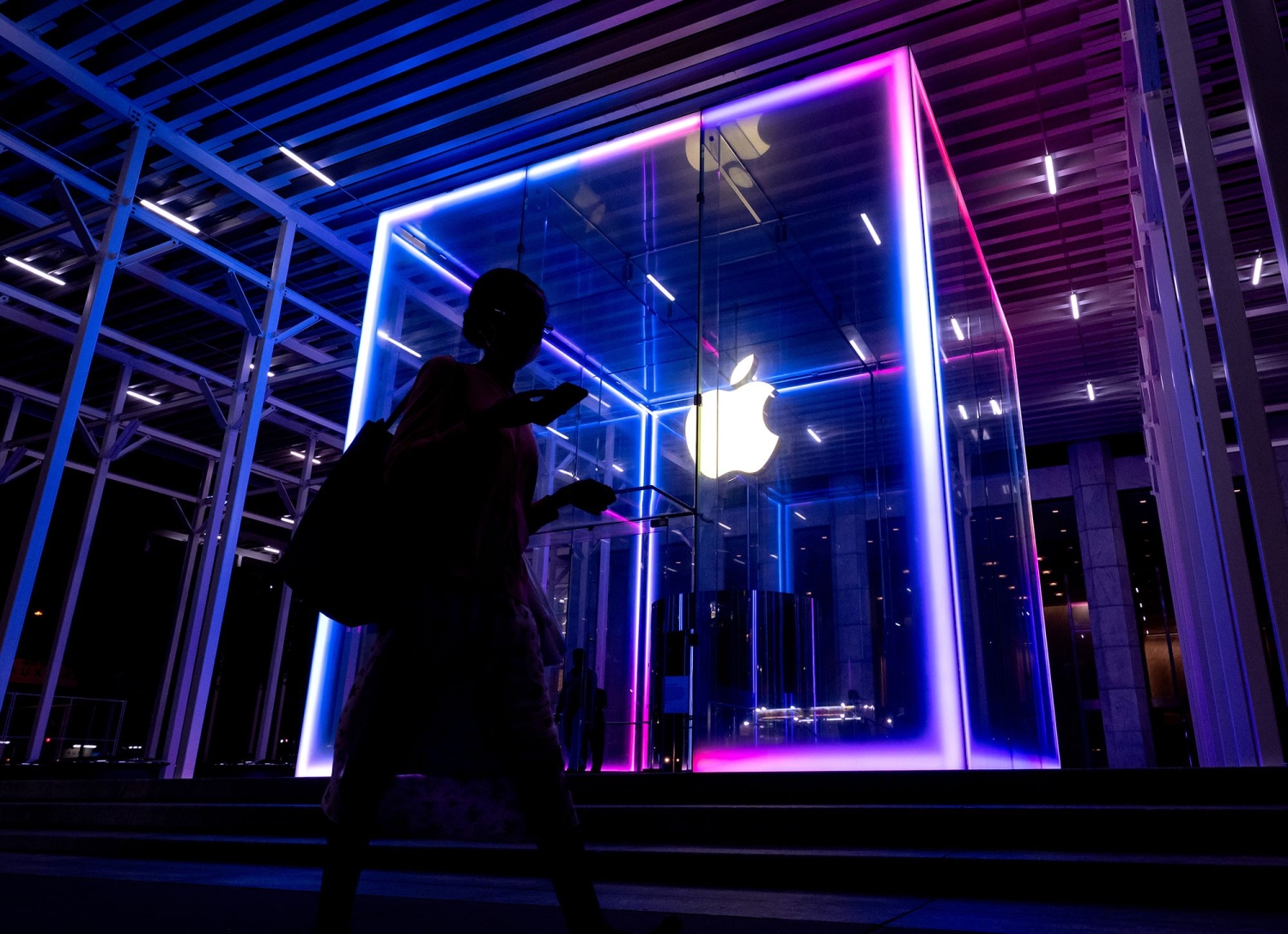
This article is more than
9 year oldNow Apple is preparing to roll out a new software update which looks set to make the iPad the fully-featured, super powerful computer it always seemed destined to become.
In September this year, Apple will roll out iOS 11 – a new version of the operating system which powers iPads and iPhones.
It’s set to a big release for iPad fans because it will introduce a range of functions which people have been hoping to see for a very long time.
A beta version of iOS 11 was released to developers during WWDC, but the public will have to wait a few weeks longer to try out this initial version of the software.
This year Apple revealed its HomePod speaker system, a new range of iPad Pros and all manner of other goodies at WWDC.
But the release of iOS 11 might be the biggest news of the year for Apple fans because it appears to point to a future where we’re finally liberated from boring old desktops and laptops.
Here’s what we learned when we tried out an early version of iOS 11.
These are the two new iPads which have just gone on sale
When the iPhone was first released a decade ago, it didn’t even have a copy and paste function.
Now the iPad is set to get several long-awaited features which should make it perform more like a traditional computer.
Apple iOS 11 features a new app called Files which allows you to arrange and access all the files stored on your iPad or iPhone.
On iPad, you will also be able to click and drag multiple files at the same time to move them between apps.
You could, for instance, drag photos or links from the Safari browser into an email.
The new iOS also features a beefed up “dock” for you to store your favourite apps or quickly access the ones you use most often.
It features a cool new screenshot function which lets you take pictures of a selected part of the screen, rather than having to use the old-fashioned method of snapping the entire display at once.
Best of all, you’ll be able to use the Notes app without unlocking the app by simply tapping the screen with the Apple Pencil and then scribbling away. Your handwritten notes will even be searchable.
If you use the iPad Pro and its Pencil stylus, you should be able to do away with the boring old desktop or laptop computer and become a full-time tablet user.
Apple already uses something called “machine learning” to give its gadgets and software the ability to look for patterns and learn from what they see.
This technique is already used to correct your spelling in text messages, with the iPhone’s software able to learn which words you use often and make sure they are spelt correctly.
Now Apple will let the people who design apps use machine learning, which should lead to an explosion in the number of apps which are able to learn from the data you input into them.
This might sound a bit spooky because it conjures up the scary idea that your phone is spying on everything you do.
But Apple developers will have to obey strict privacy rules and you’ll have to opt-in to allow apps to track your movements or perform any other slightly creepy tasks.
Programmers will also be able to use Apple’s language software, allowing them to work out the “sentiment” in messages and predict what words you’re trying to type, as well as its “vision software” which recognises the people, objects and surroundings in images.
At WWDC, Tim Cook showed off Apple's cool new "augmented reality" (AR) software.
Basically, this technique allows you to peer through a phone camera and see virtual objects transposed onto the view of the real world on your smartphone screen.
Apple has designed a demo app which lets you put simulated teacups and lamps into the real world.
It uses the iPhone and iPad's sensors to allow you to view the objects in three dimensions. You can ever switch on the lamp and see shadows cast from the other virtual objects.
Augmented reality might sound a bit specialist but is already hugely popular after being used in the hit game Pokemon Go.
Expect to be viewing even more of the world through your smartphone screen in the coming months and years.
The new version of iOS features major updates to the Photos app.
My favourite thing about taking snaps on the iPhone is the "Live Photo" feature which captures a few seconds of moving images whenever you click the shutter.
You'll now be able to edit these and select which frame is used as the still part of the photo.
Live photos can be looped so they repeat endlessly and played forward and then reversed using a function called Bounce.
The Photos app also features a wide range of new filters to make images look better and all snaps will take up about half as much space as before due to Apple's new "High Efficiency Image File Format" (HEIF).
Apple Maps has been beefed up on the new version of iOS so that it can guide you around airports including Heathrow and Gatwick.
It also features a new password management system which remembers the passwords you use inside apps, as well as whilst surfing the web.
You'll also be able to automatically share your wifi password with chums, so they can access the internet in your home without you having to fiddle about looking at the little label stuck to your router.
We pay for your stories! Do you have a story for The Sun Online news team? Email us at tips@the-sun.co.uk or call 0207 782 4368